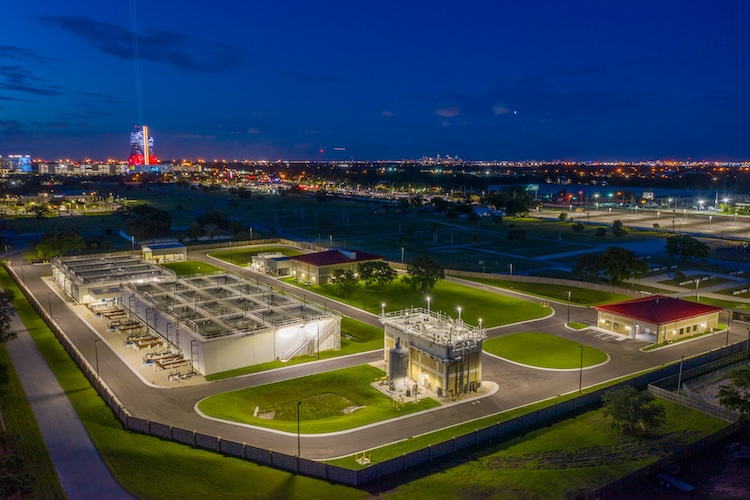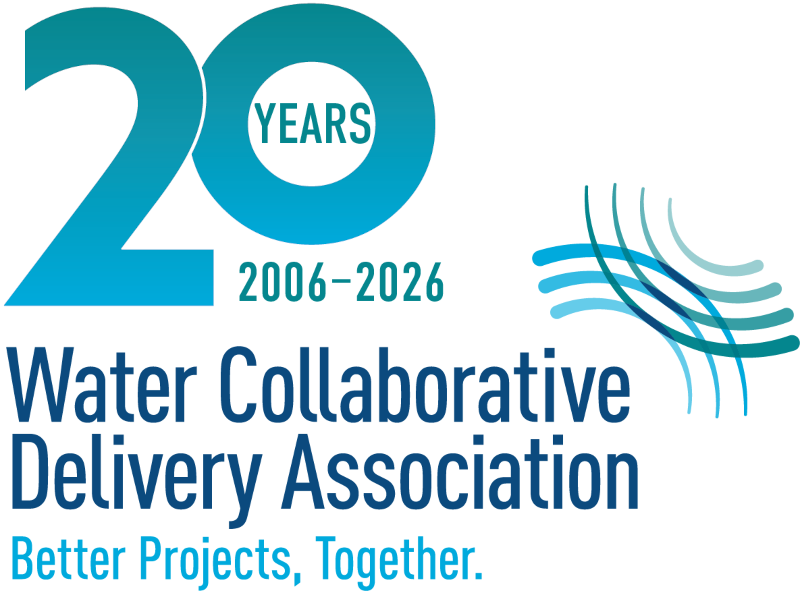We’ve often been told that we need to “begin with the end in mind” to have a successful project. But what about after the end of the project? What happens when construction is complete and cleaned up, the facility is in operation, and daily routines for the facility are back to normal and a problem arises? Collaborative delivery provides a distinct advantage because decisions that are made early in the project life cycle—with input from all stakeholders—can affect success during the warranty period of the project. The design-bid-build delivery method typically lacks the input from contractors and suppliers that address the specific details needed to have a streamlined process. Below we will outline some of the specifics that the team can undertake during the preconstruction phase to provide the most efficient process for project owners to address execution during the warranty period.
To maximize value, the collaborative delivery team must address the warranty period prior to bidding out a GMP (guaranteed maximum price). The first step that the team must take is to understand the project scope and schedule. The most important date, when talking about warranties, is when does it begin?
In this article we will address several key critical considerations:
Is the Project Phased?
Phased components within a project have become increasingly common. Phasing is done to address operational, schedule, and budget constraints. If the project is phased, consideration needs to be given to how this will affect the warranty. Over the course of a multiyear project you will likely encounter project components that will go into service (beneficial use) long before project final completion. Vendors and subcontractors will see this beneficial use as the warranty start date. If the needs of the owner, or the project, dictate that the warranty period should go to the end of the complete project, understand that the vendors will add additional cost to their bid packages to compensate for what will end up being an extended warranty. If the warranty period is phased, then some components may be out of warranty before final project completion. It is important that all parties understand the cost and risk associated with this decision. For the owner to get the most value out of this decision, the decision should be made prior to the bidding phase. The cost for additional years’ worth of warranty can easily be added to the bid form so that all project stakeholders can weigh the cost versus the risk.
Understanding Warranty Risk
Another consideration when evaluating warranty needs is to review which project components have more risk than others. Having an extended warranty on a piece of equipment with very little moving parts, or something that already has a proven track record, may not bring the owner very much value, whereas a newer technology or more complicated piece of equipment may warrant the additional cost for an extended warranty or service plan. The goal is to evaluate specific project elements instead of taking a one-size-fits-all approach. Taking this approach will maximize the value that the owner receives from the warranty, but will require an elevated level of administration and support, which we will address next.
Is There a Process in Place to Track the Warranties?
All the careful decision-making and planning won’t mean much if there isn’t a good plan for documentation and administration. There are several components that must be considered. Does the owner already have a system to track warranties? If so, how will the project team integrate with it? How will you record the start and end date of each warranty? What requirements must be upheld to maintain the warranty, such as maintenance records? Are there inspection requirements before the end of the warranty period? What is the protocol for making a warranty claim? All of these items and more need to be discussed amongst the team and the plan needs to be put in place ahead of project completion to ensure warranty administration is successful.
Collaborative delivery sets the project team up for project closeout and warranty administration success. The team has the ability to create a project-specific plan for addressing warranty phasing, start dates, risk, and administration. Executed properly, this approach will ensure the warranty and closeout value is optimized.
How Collaborative Delivery Optimizes the Project Warranty Process

